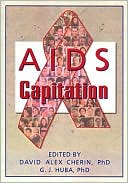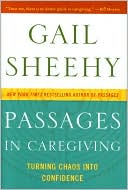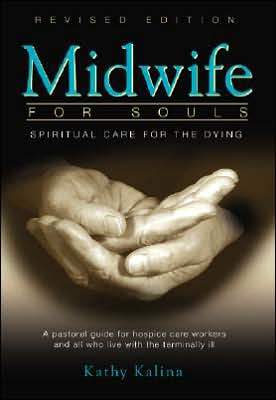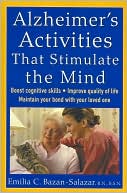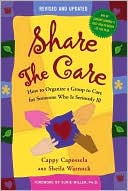AIDS Capitation
Search in google:
Discover effective strategies for AIDS healthcare!You’ll definitely want to see what’s documented inside AIDS Capitation if you’re affiliated in any way with current efforts to bolster and improve healthcare policies and procedures for AIDS victims and their families. With this scholarly, up-to-date guidebook, you’ll find that your awareness and knowledge base concerning contemporary AIDS healthcare issues will expand and diversify, giving you a more stable information base from which you can make your own policy changes and civic organization improvements.If you’re a practitioner in HIV/AIDS care, an academic in HIV/AIDS research, or one of the many public officials currently involved in healthcare reform, you’ll find the guidance and proven strategies you need in AIDS Capitation. AIDS Capitation gives you a broad range of information including:descriptive and evaluative aspects of the model of caredirections for implementing an innovative model of terminal home caremodalities of care in end-stage treatmentmeasurement issues in evaluative researchhelp in measuring outcomes in community-based carefunding opportunitiesWithout a doubt, the onset of HIV/AIDS has changed the way we view life. Our schools, government offices, and healthcare venues must change also. AIDS Capitation has everything you need to begin that process of change in your community. Marvin J. Bittner The Visiting Nurse Association of Los Angeles carried out a novel approach to home healthcare for HIV-AIDS patients from August, 1995 through June, 1997, involving payment by capitation rather than fee for service. This book consists of seven papers reporting on the approach. The papers were also published as Home Health Care Services Quarterly, Volume 17, Number 1, 1998. The purpose is to describe the Los Angeles approach in detail. This is also an attempt to describe the context of the project and to present a quantitative and qualitative evaluation. Nurses and social workers who might copy the Los Angeles approach are the core audience for the book. They are joined by health services researchers, policymakers, and payers. The Los Angeles approach involved a Transprofessional Model; nurses and social workers were a tightly knit team. The approach focused on end-stage care, but it blended palliative and curative intent. The Health Resources and Services Administration program which funded the Los Angeles approach and 26 other novel projects in HIV-AIDS care are described in a way that facilitates national evaluation of the projects. A table lists the program's 74 evaluation modules. Chapters show how the Los Angeles approach saved money and changed patterns of service utilization. Much of the book is at a high level of abstraction familiar to health services researchers, but one chapter lists specific issues identified by a focus group of providers. The Los Angeles approach operated, for the most part, before the era of protease inhibitors. Thus, the HIV-AIDS of this book is not the same condition that we see at the dawn of the new millennium. However, the principles of theLos Angeles approach are important not just for the ""old"" HIV-AIDS, but also for the ""new"" HIV-AIDS and, indeed, for many other conditions.
Editorial1A National Program of Innovative AIDS Care Projects and Their Evaluation3The Transprofessional Model: Blending Intents in Terminal Care of AIDS31Evaluation of the Transprofessional Model of Home Health Care for HIV/AIDS55A Typology of Service Patterns in End-Stage AIDS Care: Relationships to the Transprofessional Model73Qualitative Issues Related to the Transprofessional Model of End-Stage AIDS Care93HIV Healthcare Delivery and Managed Care: Applications and Implications from the Special Projects of National Significance Program101Index111
